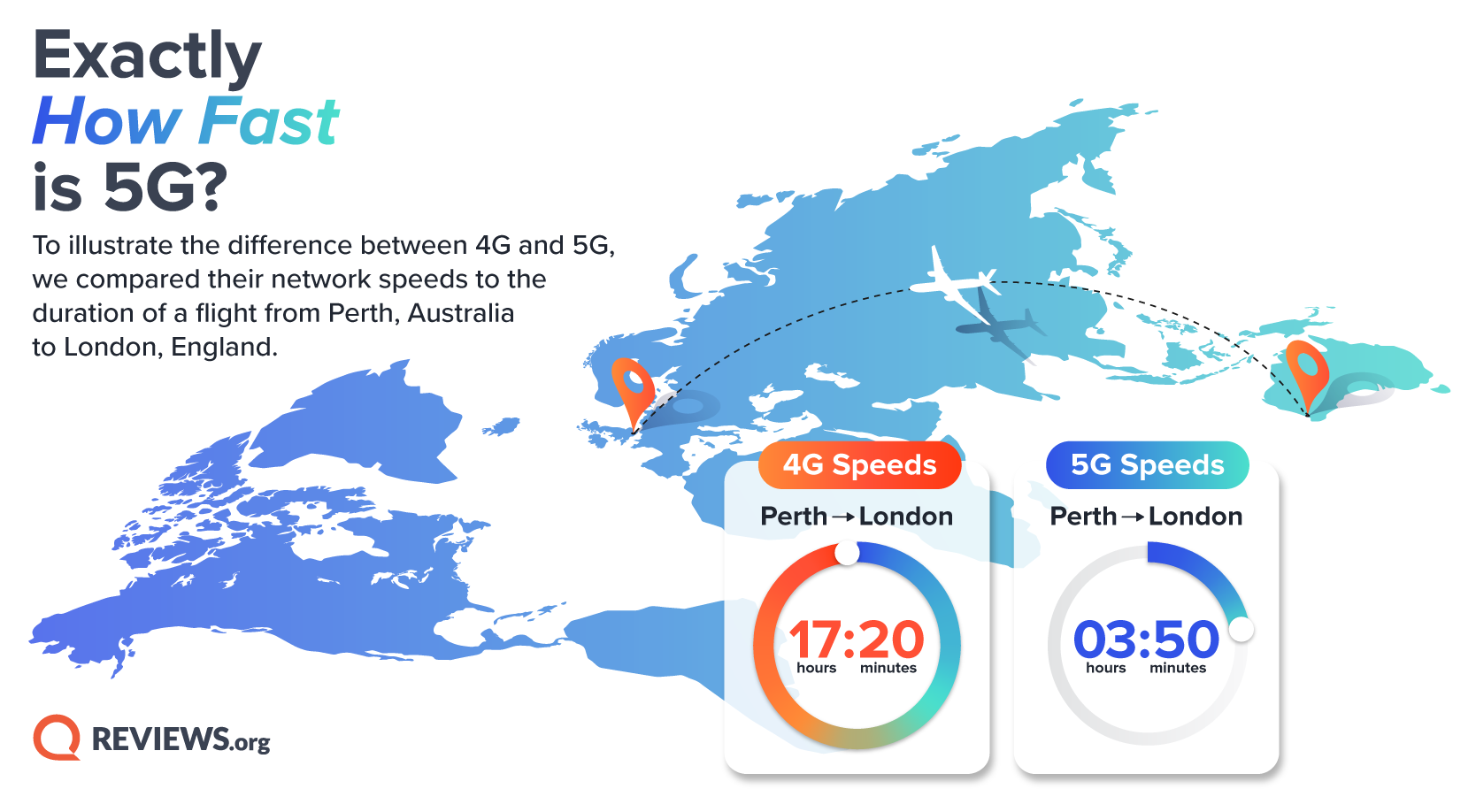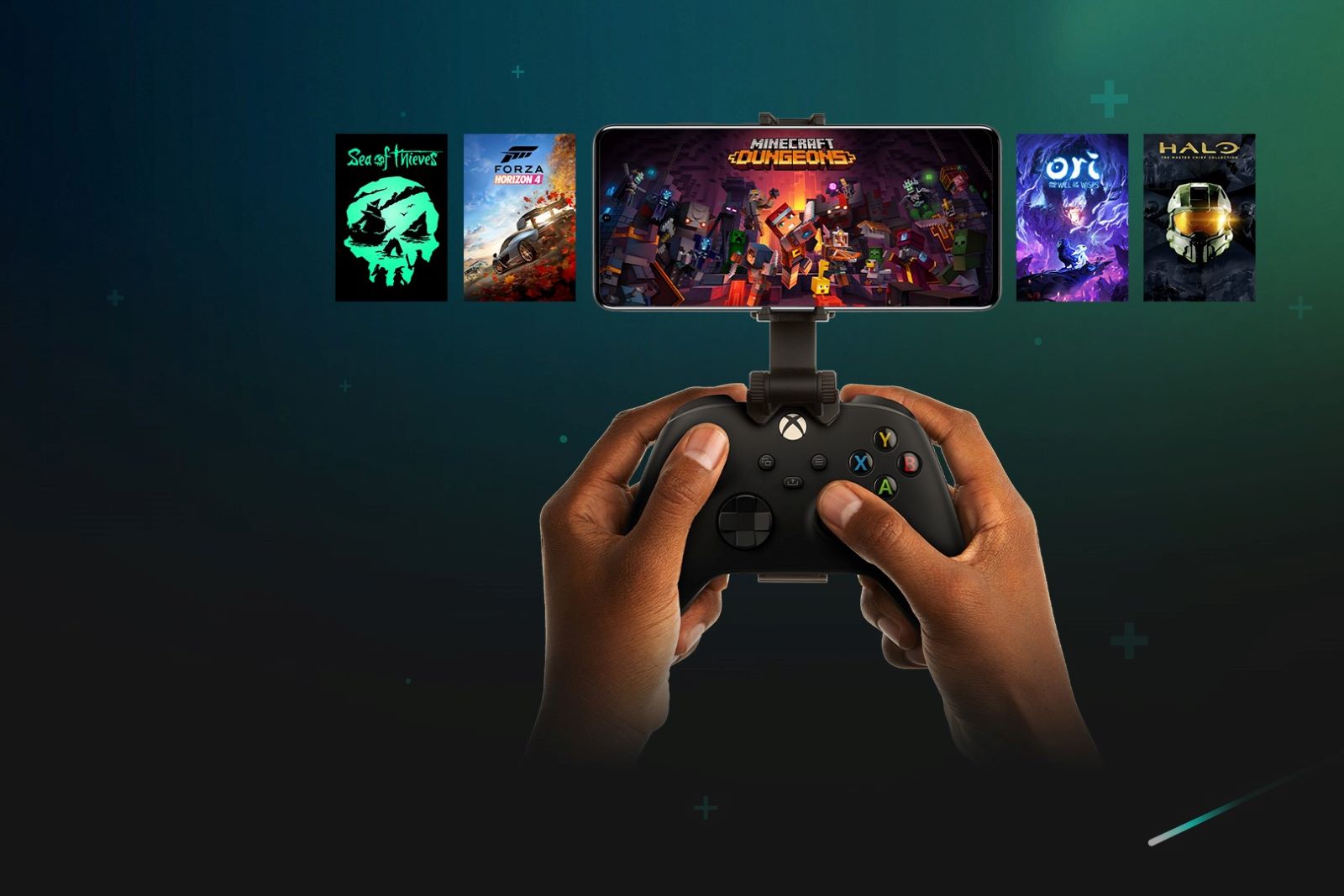Optus Mobile Review ALDI Mobile Review Amaysim Mobile Review Belong Mobile Review Circles.Life Review Vodafone Mobile Review Woolworths Mobile Review Felix Mobile Review Best iPhone Plans Best Family Mobile Plans Best Budget Smartphones Best Prepaid Plans Best SIM-Only Plans Best Plans For Kids And Teens Best Cheap Mobile Plans Telstra vs Optus Mobile Optus NBN Review Belong NBN Review Vodafone NBN Review Superloop NBN Review Aussie BB NBN Review iiNet NBN Review MyRepublic NBN Review TPG NBN Review Best NBN Satellite Plans Best NBN Alternatives Best NBN Providers Best Home Wireless Plans What is a Good NBN Speed? Test NBN Speed How to speed up your internet Optus vs Telstra Broadband ExpressVPN Review CyberGhost VPN Review NordVPN Review PureVPN Review Norton Secure VPN Review IPVanish VPN Review Windscribe VPN Review Hotspot Shield VPN Review Best cheap VPN services Best VPN for streaming Best VPNs for gaming What is a VPN? VPNs for ad-blocking It’s a fair question to ask about such a monumental, not to mention expensive, project but in reality, faster speeds are just one part of the 5G>4G equation. There are a few reasons why the upgrade to 5G will be better for Australians in the long run. Let’s take a look. Between the 1st of January and the 31st of March 2021, Opensignal found that the Australians it sampled on all network technologies experienced average download speeds of about 41.3Mbps whereas 5G users in Australia experienced download speeds of 210Mbps on average. That’s about five times as fast for 5G users. We’ve averaged out those speeds from Opensignal’s results across all three networks but here are the network averages from the original report. To give you an idea of how much faster that is, we used flight durations to demonstrate how much time you could save by using a 5G connection. Over the past decade, digital sales of TV shows, movies and video games have grown exponentially. Meanwhile, technological advancements in those areas (like 4K and 8K resolution) have resulted in much larger file sizes. These days, certain video game files are pushing 100GB and above (take one look at Call of Duty: Warzone). Not only that but video games, video game consoles and most internet-connected devices for that matter, require regular software updates ranging from a few MBs (megabytes) to a few GBs (gigabytes). Download speeds can vary based on a variety of factors. Still, the difference between 4G and 5G could mean waiting a few hours for a game or series to download, and waiting a few minutes, seconds even. Ultimately, 5G is about future-proofing Australia’s mobile network. Currently, Australia’s mobile and fixed-line internet speeds aren’t fast or stable enough to support emerging technologies like game streaming services. Services like Microsoft’s xCloud or Google Stadia, where games are streamed live from data centres instead of downloaded to your system’s hard drive. More futuristic applications, like self-driving cars, 5G healthcare technologies and automated agricultural solutions, will all be made possible by the 5G rollout. Take a look at the coverage map below to find out whether you’re eligible for Telstra 5G in your area. Still, using Opensignal’s reach score and the differences between Telstra, Optus and Vodafone we can hazard a guess. In Opensignal’s last 5G report, Telstra scored 3.5 for each, while Optus scored a 2.3 and Vodafone a 1.2. If development has continued at that pace, Optus 5G would be nearing 50% of coverage for populated Australia while Vodafone 5G would be closer to 26% of coverage. Those are some very broad estimations but they illustrate just how far Telstra’s next-gen network has come. If you are running a 5G home broadband connection and you’re struggling to get a good signal in your gaming room, we recommend shifting things around so you’re closer to a window. Some 5G modems, such as the Nokia 5G FastMile offered with Optus 5G Home, even point you towards the closest tower so you can place it in the optimal position. In the simplest terms, latency measures the length of time between pressing a button and the response on the screen in front of you. For example, if you’re playing an online shooter, latency is the amount of time between clicking to fire a gun and the character firing that gun on screen. You obviously want that delay to be as short as possible, infinitesimal - otherwise, you feel cheated. The lower the latency, the smoother your experience will be. Lower latency is part of the 5G promise but there isn’t any hard data on exactly how much better it is or will be for Australians. The average latency for 4G can be anywhere between 30 and 50ms while 5G averages hover around 21ms, sometimes lower. Referring once again to WhistleOut’s 5G speed test report, the team found in their tests that, on average, Telstra 5G tests yielded a 15.67ms latency, Optus 5G averaged 15.26ms and Vodafone a little higher at 21.09ms. That’s 17.34ms on average. Those are impressive results, comparatively. Anecdotally, a quick speed test on my 4G Optus mobile connection managed to clock 28ms latency. Which, again, ain’t bad for a mobile connection. The early results show promise for a low-latency 5G future but there’s still a ways to go before 5G becomes a suitable replacement for fixed-line broadband connections. In the most recent broadband speed test report, the ACCC recorded an average latency of 11.54ms from the 10 NBN providers it tracks. Spintel (an Optus MVNO) also offers two 5G mobile plans: $50 for 80GB and $65 for 200GB (and $10 off for the first six months). Here’s a quick look at the most popular 5G plans from Optus and Vodafone. Here are the Telstra plans that offer 5G. The results from the tests above speak for themselves. 5G is a much faster and more reliable mobile technology than 4G that has practical uses inside and outside of the home. Does that mean you should rush out and buy a 5G-compatible phone or sign-up for a 5G mobile plan? No. Not yet at least. But over the next decade, 5G will slowly become the norm and we’ll be better off for it.


